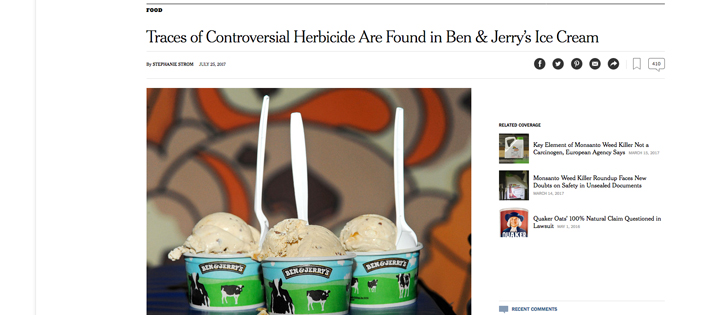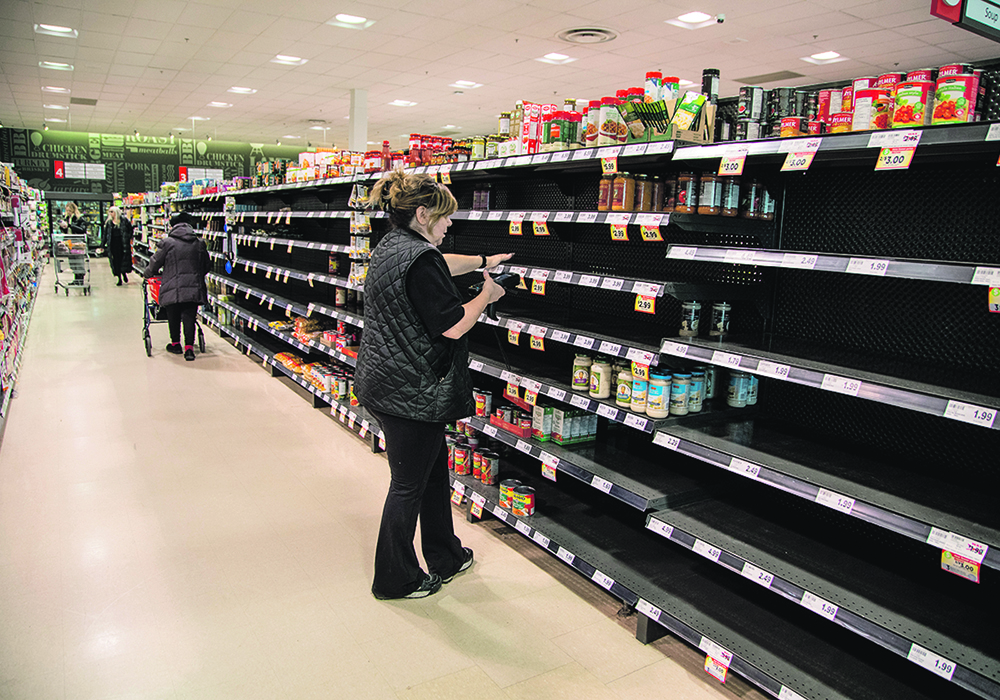Food reporting can be tough.
The safety of food is very important in our society, and that can be exploited.
In all but a small number of communities across North America, tap water is safe to drink. Even so, we bought $2.49 billion in bottled water last year in Canada, nearly all of that in places where tap water is safe.
It takes a lot energy to bottle, haul, refrigerate and process the waste from that consumer habit. On a sustainability scale there is no excuse for it, other than consumer preference and the fact that it is handy.
Read Also

Proactive approach best bet with looming catastrophes
The Pan-Canadian Action Plan on African swine fever has been developed to avoid the worst case scenario — a total loss ofmarket access.
However, it is marketed on how clean it is, implying that competing products, such as tap water, are something less. People don’t always use their logic to make purchases.
We have established safe amounts for most pathogens and chemicals found in our world and set levels that are determined by our own researchers to be safe. You and I employ large teams of great scientists to ensure that those standards are met and maintained.
Then why is it so easy for a very few non-science folks to knock over that applecart? Leverage, that’s how.
The media, of which we are a part, call into question many things about our world that are important to all or some of us. They can be used as a tool to create change: some good, some bad. The quality of the tool is what should be important to society.
Cheap tools are dangerous on the farm. Cheap information tools are dangerous to the farm and the global food supply.
Last week, the New York Times, hardly a cheap tool, appears to have been used like one in a story about very small amounts of glyphosate in a popular ice cream.
Good scientists have called the story out for its content, provided in the form of a very limited study by a small but determined anti-commercial agriculture group with a catchy name: the Organic Consumers Association.
Like a Ben and Jerry’s gourmet ice cream, the story has some good ingredients mixed with a slurry of stuff that some folks will be fond of and others find not to their liking. Generally too much of this isn’t good for us.
Overall, a few hours after consuming, most folks will find the Times story wasn’t good value, not unlike expensive ice cream, and it left a stain.

















